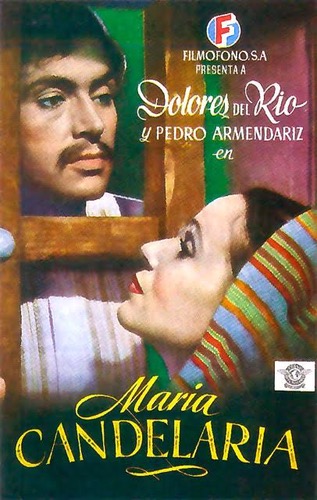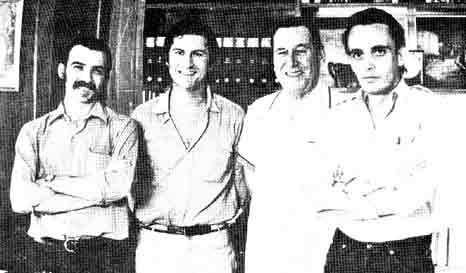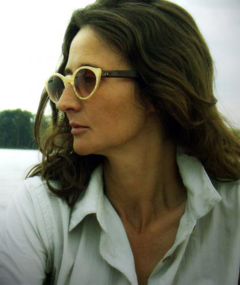1940-1950
- Big influence from French film-makers.
- Mexican movies were exported and exhibited in all Latin America and Europe.
- The film Maria Candelaria (1944) by Emilio Fernández, won the Palme D'Or in Cannes Film Festival.
by Isabella Tomassi

1940-1950
Third Cinema:
"Aesthethic and political cinematic movement in Third World countries (mainly in Latin America and Africa) meant as an alternative to Hollywood (First Cinema) and aesthetically oriented European films (Second Cinema).
Third Cinema films aspire to be socially realistic portrayals of life and emphasize topics and issues such as poverty, national and personal identity, tyranny and revolution, colonialism, class, and cultural practices).
-Encyclopædia Britannica, May 3rd 2017.

1950s and 1960s
1970-1980-1990


Cuba, Venezuela, Uruguay, Chile, Colombia and Bolivia saw no significant film production for several decades, only a few sporadic attempts.
1990

Wild Tales, Argentinian Film
Fun Fact
It is a history recently evoked by the Venezuelan director Alfredo J. Anzola in his feature documentary El misterio de los ojos escarlata ('The Mystery of the Scarlet Eyes', 1993), which provides a rare glimpse of unseen images of Venezuela in the 1920s and 30s.
The footage is that of his father, Edgar Anzola, who made documentaries and two silent feature films, now lost, in the 1920s, and then acquired a 16mm camera and filmed mostly documentary footage throughout the 30s and 40s.
His efforts of the 20shad not led him to a career in film, and these 16mm films were not made for publicviewing; they were the work of an aficionado. Anzola earned his living as righthandman to a local gringo entreprenuer, who among other things, opened Venezuela's firstradio station, Radio Caracas, in 1930, of which Anzola became the director; a radioserial written and produced by Anzola père provides the title of his son's film abouthim.
The Oxford History of World Cinema, ed. Geoffrey Nowell-Smith, OUP, 1996;Section 2, Sound Cinema 1930-1960, pp.427-435
Rueda, Maria Helena. "Latin American Cinema." Latin American Cinema - Latin American Studies - Oxford Bibliographies. N.p., 21 Apr. 2017. Web. 3 May 2017.